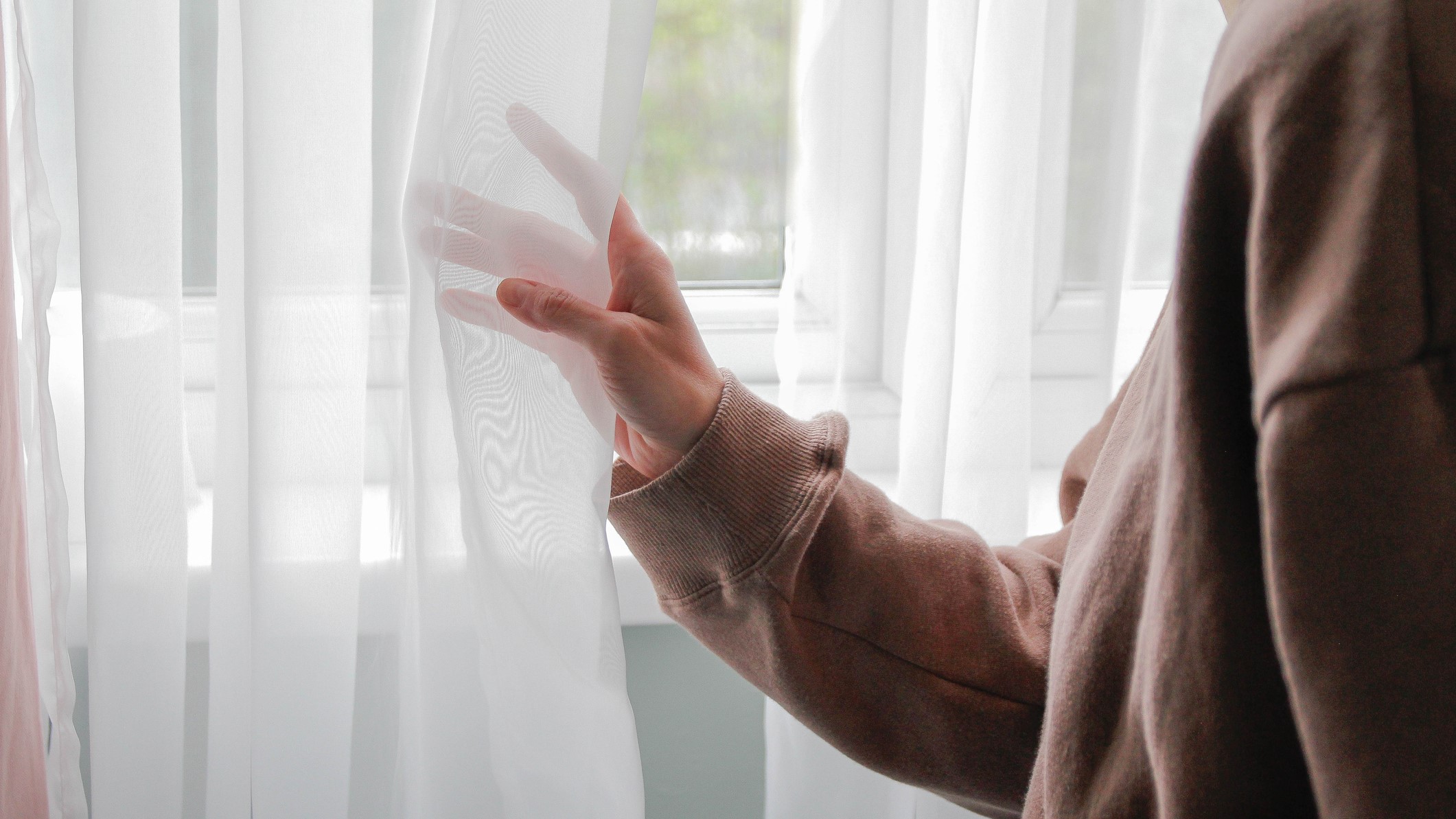
A new sound-suppressing silk fabric could be used to create quiet spaces in homes, offices and elsewhere, researchers say.
The fabric contains a "piezoelectric" material woven through the silk that produces an electrical signal when the material is deformed — with the fibers reacting to movements as small as the vibrations caused by sound waves.
The fabric is slightly thicker than the width of a human hair and can suppress sound in two ways, according to a statement from MIT.
First, electric signals are converted to mechanical movements that cause the silk to vibrate and emit its own sound waves. These oscillate out of sync with undesirable sound waves and therefore cancel them out. The same principle is at play in noise-canceling headphones, which work well in tiny spaces, such as ears — but don't prevent sound from entering or transmitting through larger spaces such as a bedroom, an office or an airplane.
To suppress sound across a larger surface area, the researchers developed a separate mechanism, which immobilizes the vibrations that normally transmit sound through fabric. They stretched the silk and forced the fibers to remain still, reflecting the sound waves back toward their source, similar to how light bounces off a mirror.
The fabric could be used in one mode or the other, depending on the source of the noise.
Related: World's thinnest gold leaf, dubbed 'goldene,' is just 1 atom thick
"If the fabric is forced to remain still through some mode of control, the vibrations will be suppressed and the sound will not be transmitted," the researchers wrote in a study published April 1 in the journal Advanced Materials. They achieved this mode of control through the piezoelectric fiber, which could generate mechanical vibrations opposite to those of the incoming sound waves.
"Instead of the fabric being displaced and transmitting the incoming sound, the fabric remains still and becomes an acoustically reflective structure," they wrote.

The researchers tested their design with different fabrics and found that pore size was an important consideration. For example, although muslin, a type of cotton fabric, had mechanical properties similar to silk, the smaller gaps between silk fibers made it a more efficient sound suppressant. Whether tiny pore size was necessary depended on the frequency of incoming sound waves, as even relatively large gaps blocked low-frequency sound, according to the statement.
"Noise is a lot easier to create than quiet," senior author Yoel Fink, a professor of materials science and engineering at MIT, said in the statement. "In fact, to keep noise out we dedicate a lot of space to thick walls."
In contrast, the new silk fabric could be used to make compact, lightweight dividers in workspaces, apartments and trains. The first mechanism of sound-wave suppression significantly reduced the volume of sounds up to 65 decibels, which is equivalent to the volume of an animated conversation. The second mechanism of vibration-mediated suppression dampened sound transmission by up to 75%.
The current design works for certain sound frequencies, but blocking out a wider range of noises will require additional electronics and signal processing capabilities.
"There are a lot of knobs we can turn to make this sound-suppressing fabric really effective," lead author Grace Yang, a chemical engineer and research assistant in the fibers@mit lab at MIT, said in the statement. "This is just the beginning."







